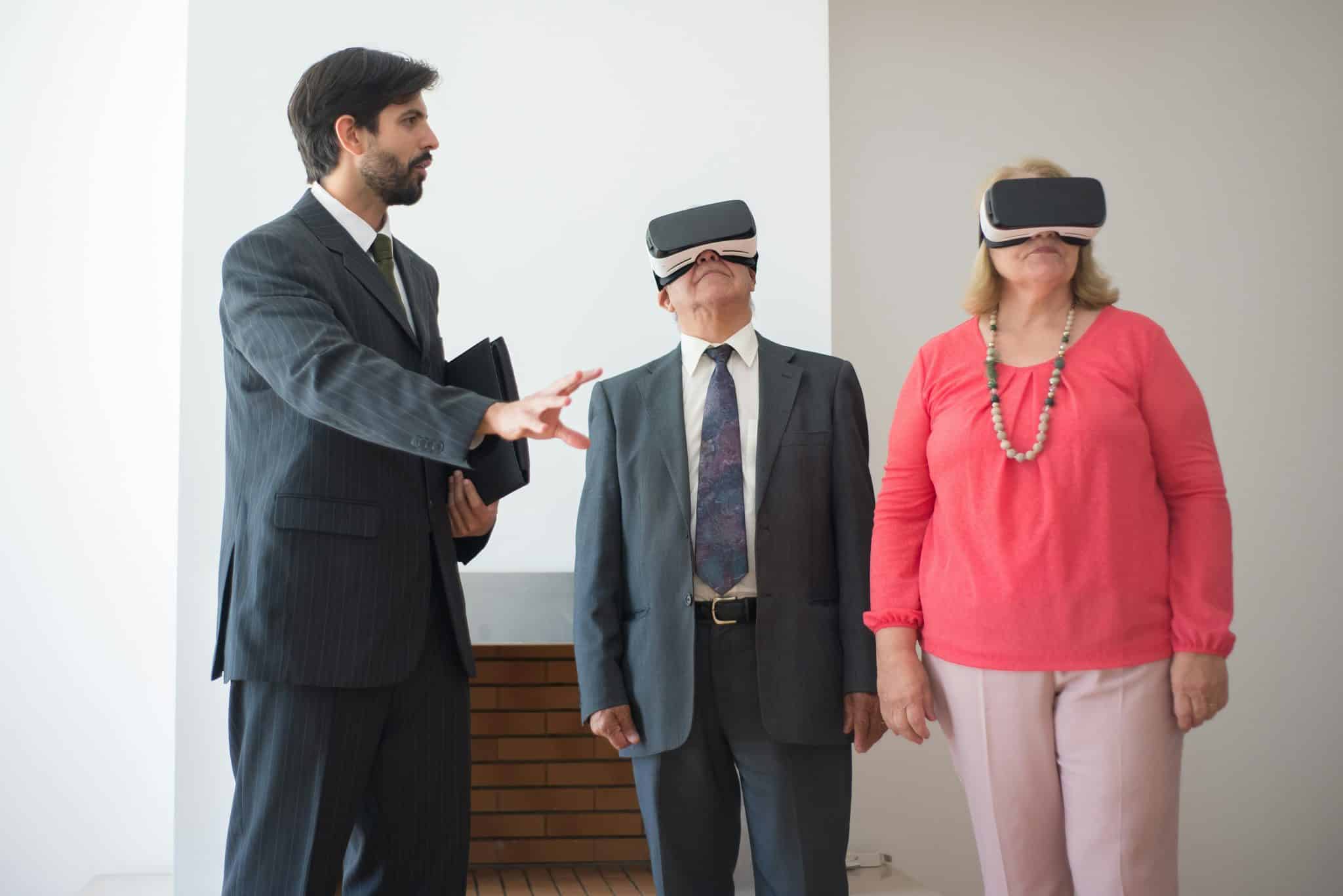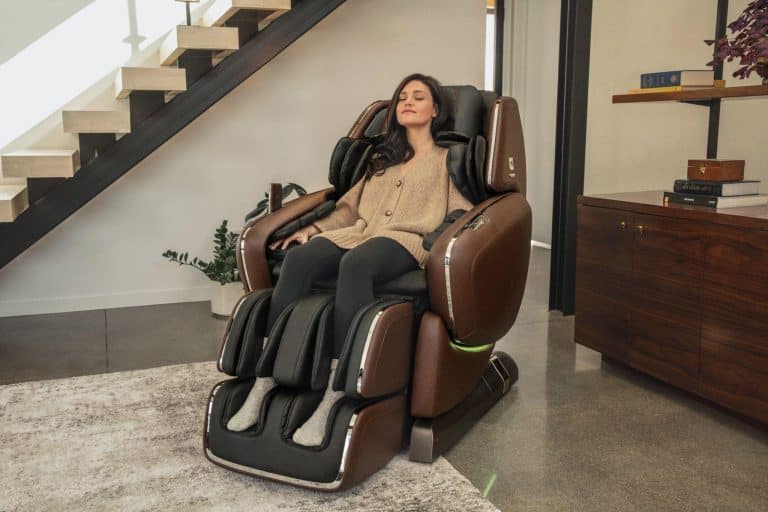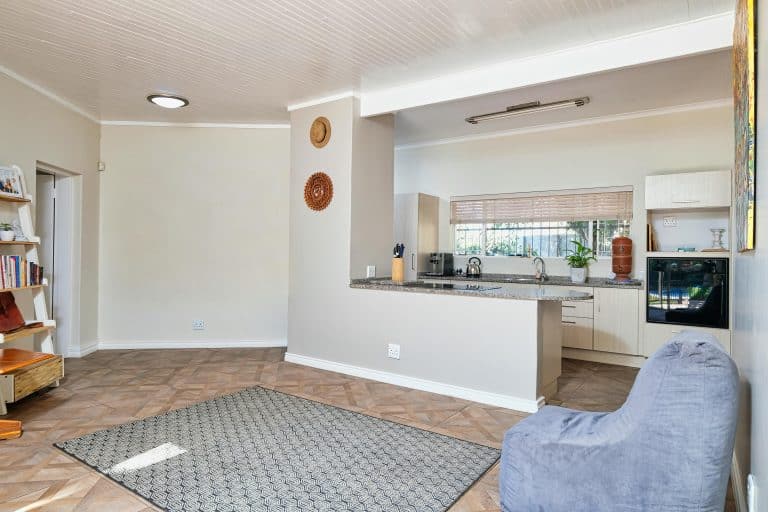Try Before You Buy: How AR Increases Buyer Confidence Online
Online shopping has fundamentally reshaped the retail landscape. With just a few clicks, consumers can access an endless marketplace of products across categories—from clothing and furniture to electronics and cosmetics.
However, despite the convenience and variety, one major limitation remains: the inability to physically see, touch, or try products before buying them. This limitation often leads to hesitation, cart abandonment, and buyer’s remorse.
To address this challenge, a new technology is rising to the forefront: augmented reality for ecommerce. By allowing consumers to visualize products in their real-world context before making a purchase, AR is bridging the gap between digital convenience and physical confidence.
The Psychological Barrier of Online Shopping
For many shoppers, the experience of buying online still feels incomplete. The lack of physical interaction leaves room for doubt:
- Will this chair fit my room?
- Does this jacket suit my body shape?
- Will this rug match my décor?
- How big is this coffee maker compared to my countertop?
These uncertainties often create friction in the buying process, resulting in decreased conversion rates and increased product returns. The inability to assess products in context limits the customer’s ability to make confident, informed decisions.
Augmented Reality: Bridging the Confidence Gap
Augmented reality (AR) enhances the real-world environment by overlaying digital content through a smartphone, tablet, or computer camera. In ecommerce, this means customers can now interact with 3D models of products, see how they look or fit, and understand scale and aesthetics—all from the comfort of their home.
When implemented effectively, augmented reality for ecommerce transforms passive browsing into an immersive, interactive experience. It allows customers to “try before they buy” in ways that were previously impossible through screens alone.
How AR Works in Ecommerce
Depending on the product type and platform, AR applications can serve multiple purposes:
- Virtual Try-On: Shoppers can virtually try on clothing, accessories, or cosmetics by using their device’s camera.
- Product Placement Previews: Home goods or furniture can be projected into real spaces to assess size, placement, and compatibility.
- 360-Degree Product Views: Customers can manipulate products in 3D space, rotating and zooming to explore details from all angles.
This level of interactivity fosters a deeper understanding of the product and increases the likelihood of making a purchase with confidence.
Core Benefits of Augmented Reality for Ecommerce
1. Informed Decision-Making
By letting customers see how products will look and function in their actual environment, AR provides a realistic preview that aids in making well-informed decisions. This reduces uncertainty and builds trust in the purchase.
2. Reduced Returns
Returns are a costly and persistent issue in ecommerce. They often stem from mismatched expectations—items that look different in person or don’t fit the intended space. AR helps bridge that expectation gap, resulting in fewer surprises and a significant reduction in returns.
3. Enhanced Engagement
Augmented reality creates a more engaging and interactive shopping experience. Customers spend more time exploring products, experimenting with variations, and interacting with brand environments. This leads to increased dwell time on websites and greater emotional investment in the shopping process.
4. Customization and Visualization
With AR, shoppers can often customize elements such as color, size, or pattern and instantly see how those changes affect the overall look. This kind of personalization empowers consumers and adds value to their experience.
5. Improved Buyer Confidence
Ultimately, the key outcome of AR is confidence. When shoppers feel assured that a product meets their needs and fits their life, they’re far more likely to complete the purchase and feel satisfied afterward.
Transforming the Retail Journey
Traditionally, the ability to try before you buy has been a competitive advantage for brick-and-mortar stores. However, augmented reality for ecommerce now levels that playing field. In fact, in some cases, AR may even surpass physical retail in terms of convenience and depth of visualization.
For example, rather than imagining how a product might look in their home based on showroom lighting and displays, customers can now place the product directly into their real space. They can assess the lighting, space compatibility, and personal preferences without ever leaving their home.
This transformation changes the very nature of the buyer’s journey. It turns ecommerce from a transaction-focused experience into a discovery-driven one, where consumers can explore, play, and personalize before purchasing.
Overcoming Implementation Challenges
While the benefits of AR in ecommerce are compelling, its implementation does come with challenges. High-quality 3D modeling, app or web integration, and ensuring seamless performance across devices all require investment and planning. However, the long-term gains in customer satisfaction, loyalty, and reduced operational costs often outweigh these initial hurdles.
Moreover, advancements in smartphone technology and web-based AR platforms are making it easier and more affordable for retailers to adopt AR solutions. As accessibility increases, so does customer expectation. Soon, not offering AR features may feel like a disadvantage in competitive online markets.
A New Standard for Online Shopping
The digital shopping experience is evolving. What once relied heavily on static images and written descriptions is now moving toward interactivity, immersion, and personalization. Augmented reality for ecommerce is not just a trend—it’s a new standard in how consumers want to engage with products online.
This technology not only satisfies a current demand but also anticipates the future of retail. As younger, tech-savvy generations become the primary drivers of consumer behavior, their expectation for seamless, immersive digital experiences will only grow. AR answers that demand directly.
Conclusion: The Confidence to Click “Buy”
The ability to try before you buy is one of the most powerful tools a retailer can offer. By using augmented reality for ecommerce, businesses provide that experience digitally, building a bridge of trust between the screen and the shopper. The result is higher buyer confidence, lower return rates, and a more satisfying customer journey.
As AR continues to mature and expand its capabilities, it will become an integral part of the ecommerce toolkit—helping online retailers not only meet consumer expectations but exceed them. For shoppers, the result is clear: fewer regrets, more confident purchases, and a smoother path from curiosity to conversion.








